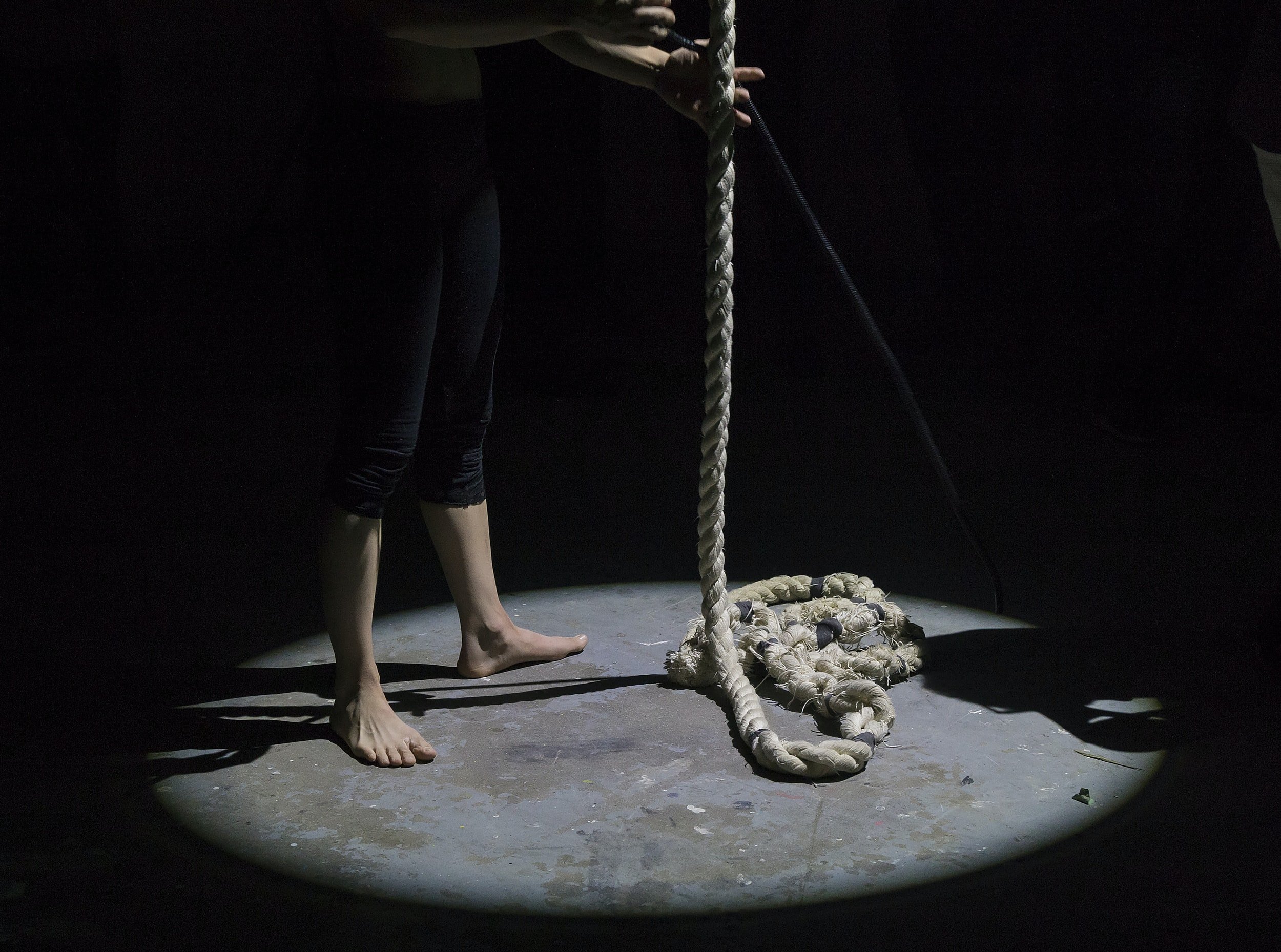What is Self-Harm OCD?
Self-Harm OCD is a tricky concept for clients and clinicians alike, because it can be easily confused for true intent to self-harm. OCD sufferers themselves are not fully sure if suicidality or desire to self-harm comes from intrusive thoughts, or truly represents their desires.
Here is how to tell the difference:
1. Self-Harm OCD involves compulsions to avoid the potential physical and emotional triggers of suicidality.
People with this form of OCD tend to avoid ledges, bridges, ropes, guns, or anything that they associate with the potential to harm them. They may wish to avoid highly anxious or angry states that they believe trigger suicidal thoughts.
2. Self-Harm OCD involves a fear that one will suddenly snap or become “crazy” and commit.
This fear of a sudden nervous break is a core part of some people’s OCD. This is the end of a truly illogical what-if spiral. Otherwise mentally stable people imagine themselves hurting themselves after some fictional trigger causes them to totally change.
3. Self-Harm OCD can be a form of self-reassurance when a person imagines future distress or guilt.
Sometimes imagining suicide can be a self-punishment or self-soothing compulsion when a person with OCD feels fear and sadness about some upcoming event. “Well there is always that,” is a common self-reassurance that if things go very wrong, or a person experiences a tremendous amount of guilt, they may take their own life to avoid the pain.
Thankfully, those experiencing self-harm OCD are not actually likely to harm themselves. In fact, they are worrying about harming themselves because they really do not want to do so. Realizing that these thoughts are only that, thoughts, can bring peace, and stop the cycle of reacting to intrusive harm thoughts.
If you struggle with Self-Harm OCD, or any other form of OCD, please contact Kairos Wellness Collective today.

